Bok choy is a sort of leaf cabbage that is widely used in Asian culinary. It is a very healthy veggie that can be cooked in different ways, that is why those who cook it frequently wonder how to prolong its lifespan.
Can bok choy be frozen?
This is the question we are going to answer today!
What Is It And Why It Is Useful
Pak choi is a sort of Chinese cabbage.
Unlike a white counterpart, it doesn’t form the head, instead, it has wide green leaves that form a sort of cluster.
This plant is very watery containing ninety-five percent of it in its leaves. In addition, it contains very little fat and carbs, and the amount of calories is also quite low (13 kcal per 100 grams) which makes this cabbage a perfect dietary foodstuff.
In addition, it is a source of many vitamins including vitamins C, K, A, and B6.
Nevertheless, the consumption of this veggie must be strictly regulated. Bok choy contains compounds that prevent cancer development but if we intake them in large amounts, they may cause coma and other harmful effects.
How to Store Bok Choy? Shelf Life And Ways Of Storage
Since cooked bok choy is absolutely safe to consume, people want to know how to store it in order to make delicious dishes later.
In fact, storing bok choy is not so complicated as it could seem at first sight.
Feel free to pick one of the approaches hanging upon how it will be used later.
[table id=7 /]
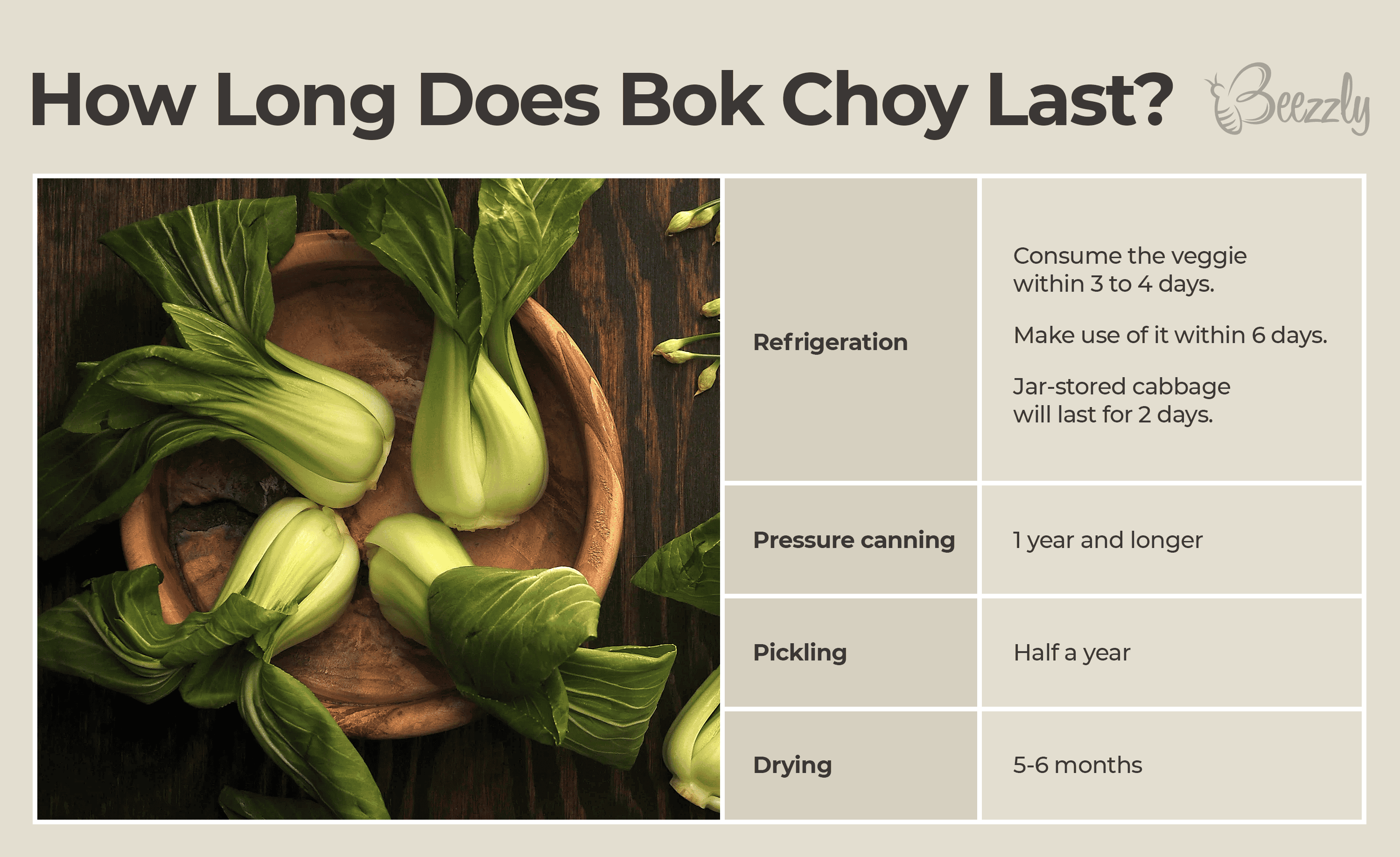
How long does bok choy last when fresh?
Usually, if it’s kept correctly, it will remain fresh for one week at most.
Choose the most fitting method of storage and remember to use the veggie until it expires.
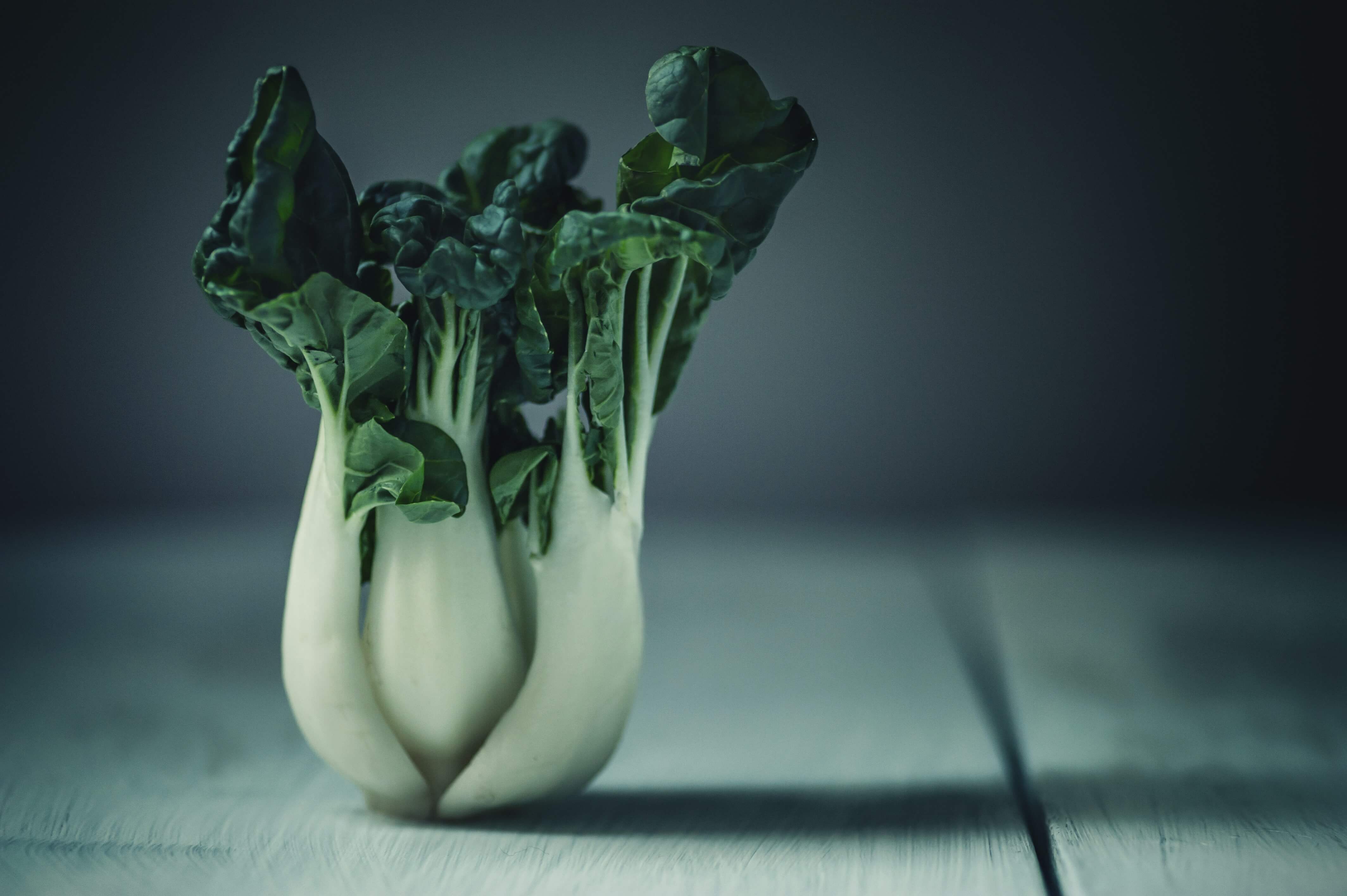
How to Freeze Bok Choy?
Do you want to make your Chinese cabbage remain edible even longer? Then freezing bok choy is your option! Luckily, this leafy veggie is pretty simple to preserve.
To freeze bok choy, decide whether you will be keeping it blanched or not.
If you want it blanched, then learning how to blanch bok choy is a must.
Wash the cabbage properly, put into a casserole of boiling water, and give it 2 min to roll in there.
After you blanch bok choy, chill it in icy water instantly, dry the leaves, and toss into a frost-resistant packet. Remember to squeeze out the air before!
For freezing the cabbage unblanched, dust off the leaves carefully leaving no dirt amongst them. To do it, cut off the bottom, divide the stems, and wipe them with a damp paper napkin.
Any of these methods work perfectly, it’s just that they take different time so count on whether you want to fuss with the preparations or not.
No matter which of the approaches you’ll choose, frozen bok choy will stay edible for twelve months.

How to Keep Bok Choy Fresh?
Of course, an issue of proper storage comes out each time we want to keep our foodstuff lasting longer.
To make the Chinese leaf cabbage stay fresh to its most, store bok choy according to the basic and very simple requirements:
- Never refrigerate it damp since the liquid will start the rotting process
- Rinse or dust off the clusters thoroughly to delete any dirt. It will extend the veggie’s lifespan.
- Avoid leaving it on the table or counter for a long time since it will make the vegetable spoil faster.
- The best place for storage is your fridge. Chilled bok choy will remain fresh and crisp much longer
No need to say that the more precisely we follow such tips the better the result will be!
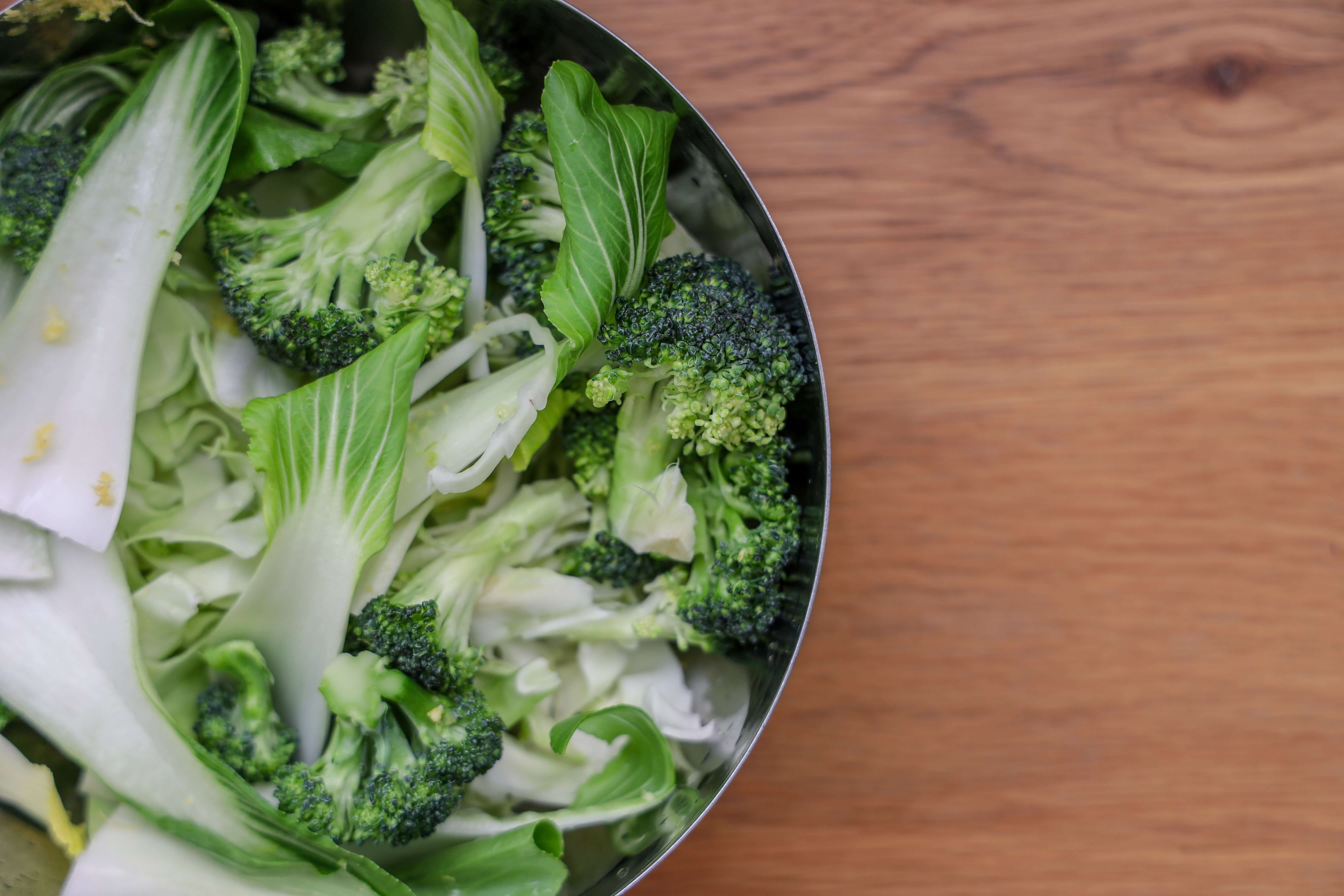
How to Freeze Bok Choy Step By Step?
Freezing bok choy may seem to be difficult since it is a leafy vegetable, and those are quite tricky to store in the freezer. However, with a few handy recommendations, you will manage it quite easily.
First of all, remember that it’s better not blanch this veggie prior to freezing since it may turn it mushy once frozen! Also, avoid washing it before you place bok choy into the freezer. Any excess water will influence the final result not in a good way.
In general, the freezing procedure is pretty simple:
- If your bok choy needs cleaning, wipe it with a moist paper towel to remove dirt of dust from the leaves
- Cut both leaves and stems
- Place the cut veggie into the freezer-safe bags (do not stuff them too tightly!)
- Lay those bags flat and squeeze the air out to make them flat
- Write the date you freeze the veggie and toss the bags into the freezer
Now this leafy foodstuff can be enjoyed throughout the season easily!
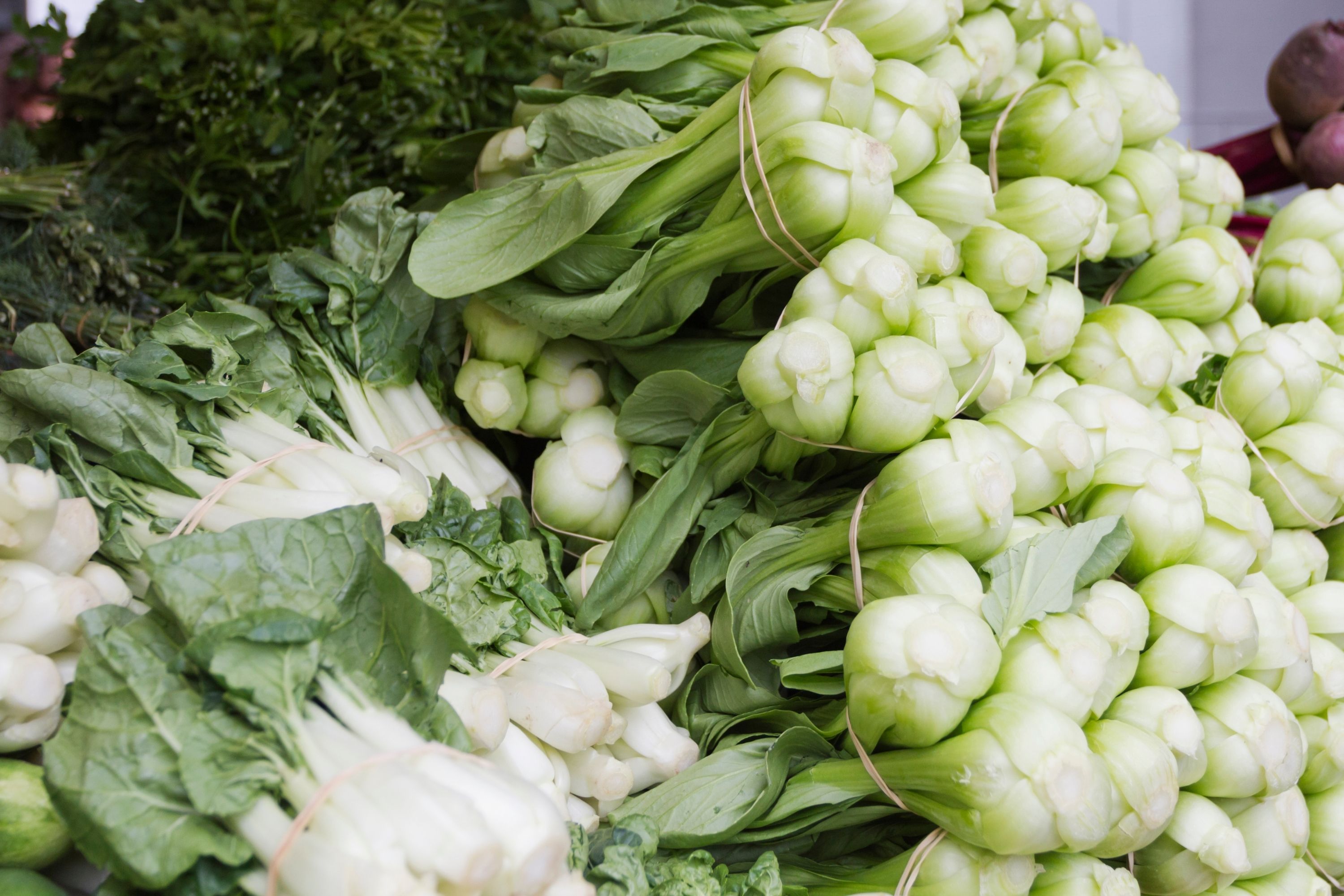
Do You Have To Blanch Bok Choy Before Freezing?
There are quite many vegetables that must be blanched before we preserve them in a freezer. However, blanching such veggie as bok choy is usually not recommended. Why is that? See, when we blanch it, we add water. And no matter how well we will dry the leaves afterward, that moisture will turn bok choy mushy once we expose it to frost!
For this very reason, it is not recommended to wash or even rinse these green leaves prior to freezing to retain their crispness and taste.
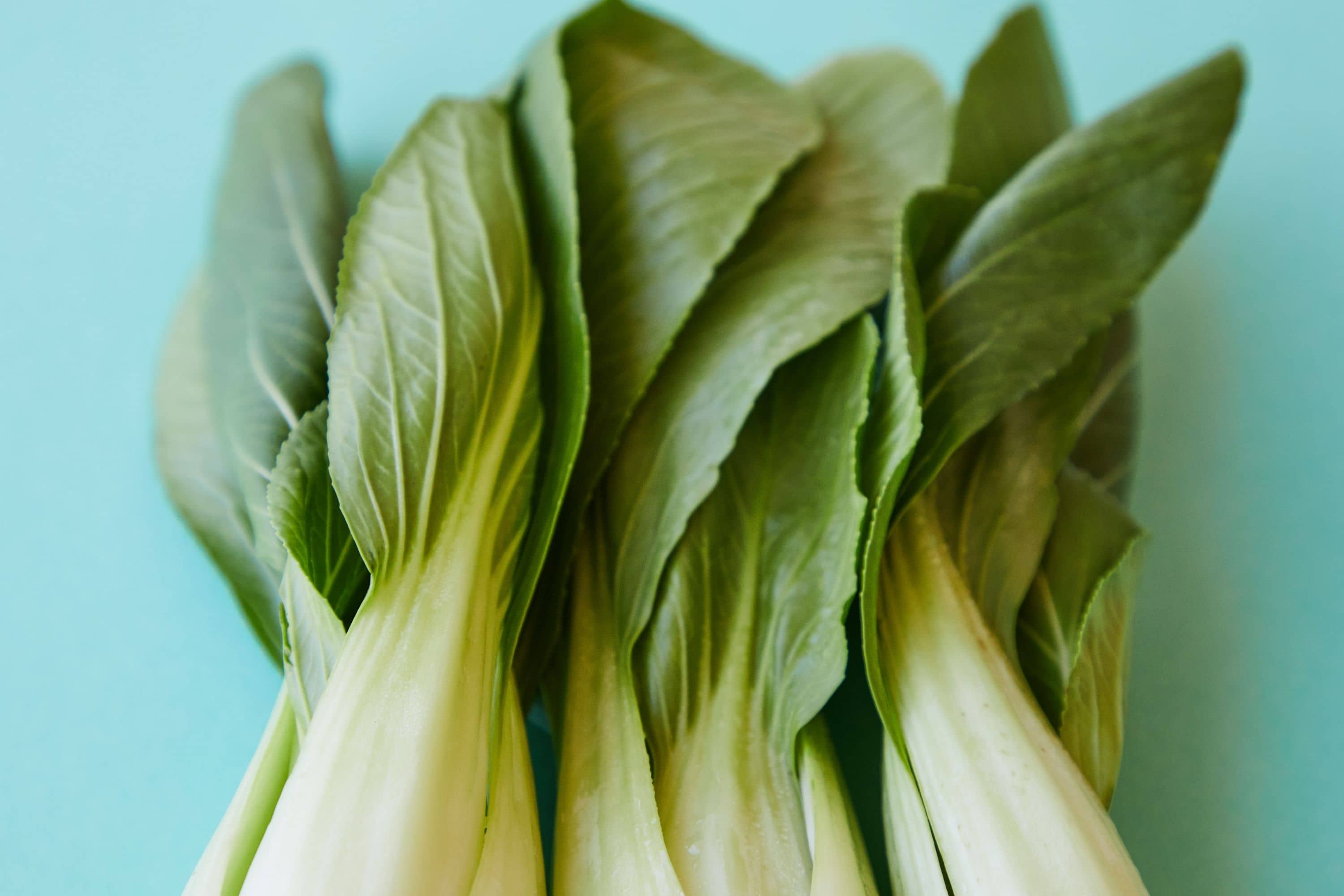
How Do You Store Bok Choy In The Freezer?
Before you toss your bok choy into the freezing camera, you need to decide how much of it you will have to preserve. Once this is decided, pack the vegetable into the frost-resistant packets according to the freezing rules, and place them into the freezer.
Try to remove as much air from those packets as you can prior to freezing bok choy, and store it flat in the freezer. When being placed like this, the packets will be easier to move around the freezing camera if needed. Besides, it will prevent their content from collecting into clumps and thus freezing like this. How To Defrost Frozen Bok Choy
Unfreezing this leafy vegetable is even simpler than freezing it! You can simply add it to the dish that is being cooked directly without even preparing bok choy or thawing it. For instance, this method works perfectly for stir-fries, stews, soups, etc.
But if you still want to thaw it prior to cooking or consuming, we advise you to submerge the packet with frozen bok choy in room temperature water for an hour or two. Like this, you can add bok choy into meals that require fresh ingredients.
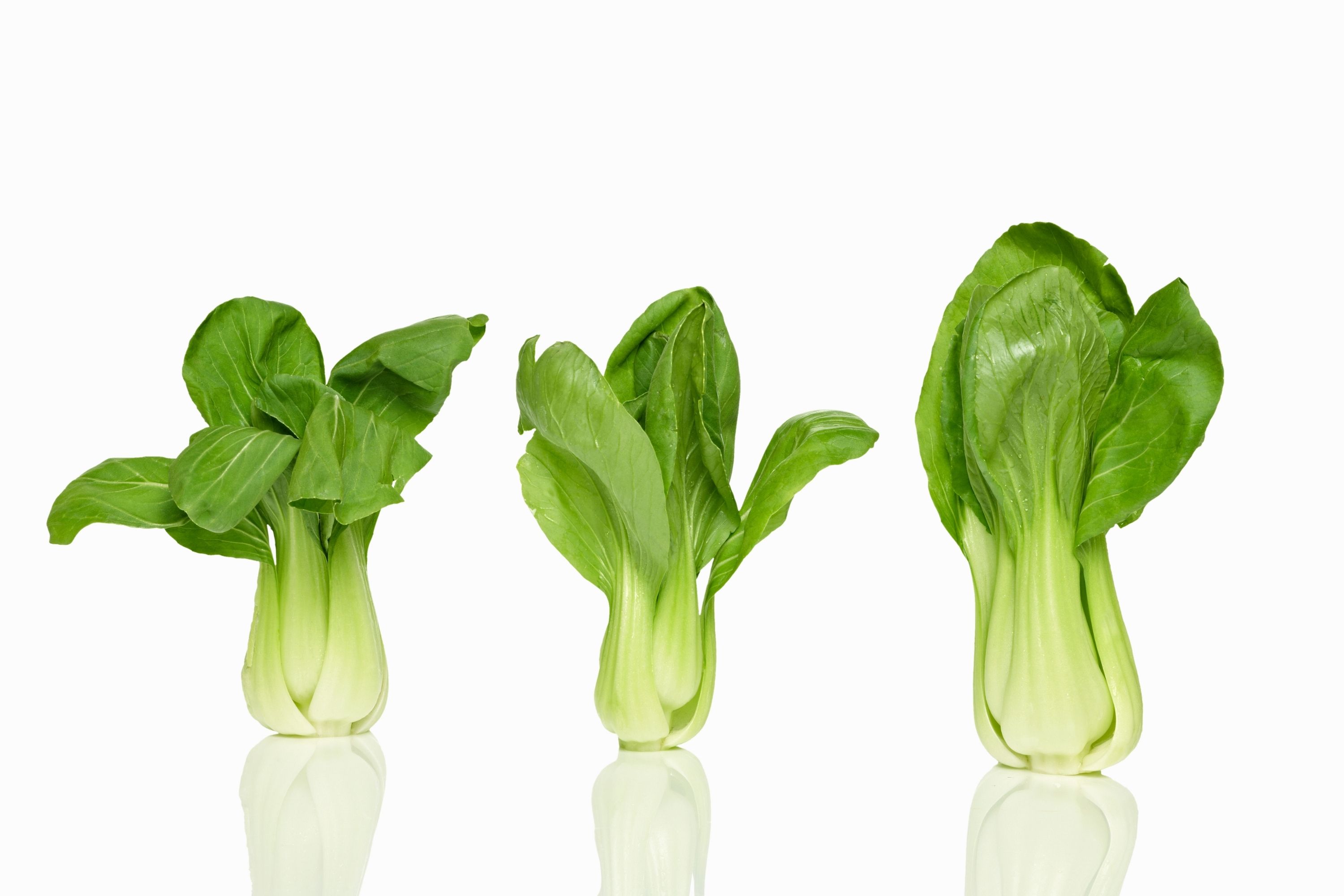
How To Cook Frozen Bok Choy?
Cooking frozen leafy goodies can be complicated since such foods tend to become mushy once heated. However, bok choy is far from this. Feel free to add it directly to your soup or a stir fry right after it is taken out of the freezer. The vegetable will defrost right on the pan or in the casserole retaining its texture and taste.
As an alternative option, you can remove it to the fridge for two or three hours – that’s if you need bok choy to look more like fresh in a dish. Refrigeration will defrost it slowly and delicately without ruining the texture of the veggie and saving its taste.
Conclusion
Bok choy is a cool thing to have in your fridge! This vegetable is a source of many vitamins and microelements that are needed for our bodies, but also, it is a tasty ingredient for so many dishes! Soups, stews, and stir fries will only win from having it as an ingredient.
Thanks to quite an easy storage and preservation, bok choy can be preserved in batches if this is your kitchen staple. And since it is the same easy to defrost, cooking it will not take you much time and effort.
[wp-faq-schema title=”Frequently Asked Questions”]
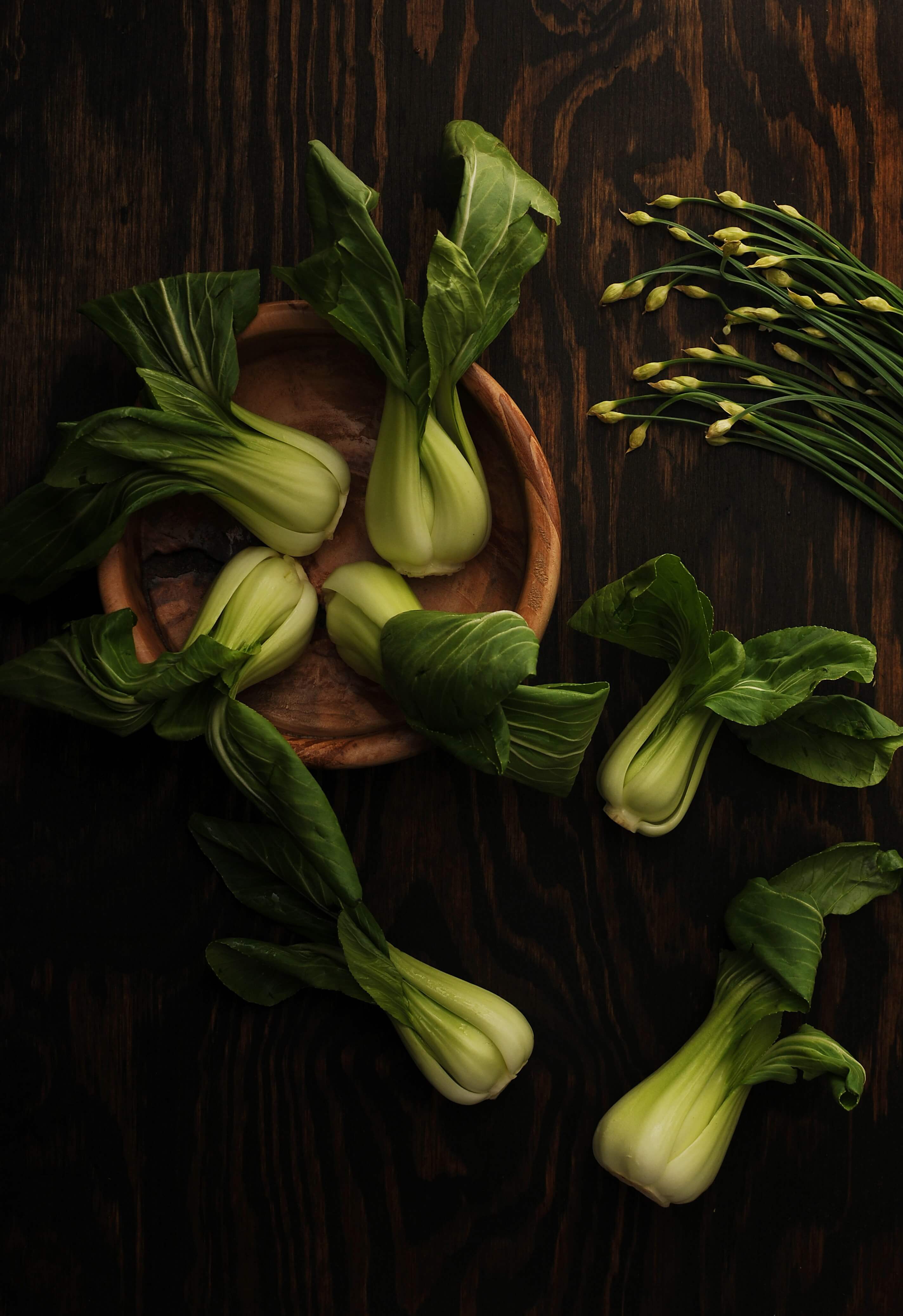
Hello! I recently learned about cabbage called bok choy. Does anyone know: is bok choy a Superfood?
Hi! I guess it can be considered one since it has lots of vitamins and minerals, it’s a low-fat and low-calorie food.
How long does bok choy last in the fridge? I want to try it but I don’t know how to keep it correctly. Will appreciate any piece of advice! Thanks.
Hey there! When I refrigerate it, it usually lasts for a week but I keep it wrapped in paper towels. I don’t know how long it will last if you just toss it to the crisper.
Hello! Please give me advice. How long does bok choy last in the freezer? I’m thinking of preserving it and need to know for sure. Thank you.
Frozen bok choy will stay edible for a year if it was prepared for preservation correctly.
How do you keep bok choy fresh in the fridge? Mine always fades and spoils so fast!
Hello! I would advise you to separate its stalks and keep them refrigerated in a tank with water like a bunch of flowers! It really works, seriously. Also, try to wrap the leaves into paper towels.
Hello! I need some help guys! What can you do with leftover bok choy? A have a big cluster left and it’s raw, and I have no idea of what to do with it since I’m not gonna cook it. Any ideas? Thanks.
Hey! Well, you can freeze it, I guess, that’s the only option.
Or make some food and share it with your neighbors! They will appreciate that!
Is it OK to eat bok choy with black spots? Does it mean it’s rotten? Thanks!
Hello! As far as I know, it’s safe to eat, just cat off those spotted areas and leaves.
Сan you freeze fresh baby bok choy? I know that the regular bok choy is ok to freeze but I have no idea whether the baby variant is the same. Did anyone here try it?
I froze baby bok choy a couple of times maybe. As for me, there is no difference between it and the regular one. I just cut the unwashed bok choy, sealed it in freezer-friendly packets, and tossed raw veggie into the freezer.
I’ve never tried to cook soup with bok choy, always made some kind of garnish out of it. Does anyone know, can bok choy be used in soup? And if it can, then how to cook it so that it won’t get mushy?
I often make soups with bok choy! Since I store it already cut, I simply add some of the veggie into the broth when it’s almost ready. That’s if the vegetable was previously refrigerated. If it’s frozen, you don’t need to thaw, just add it into the casserole right from the freezer. Only remember that bok choy must be added almost at the end of cooking, otherwise, it will become mushy!
Сan you freeze uncooked bok choy? I heard that freezing is only allowed if the vegetable is blanched.
No, that’s not true! I always freeze it raw since I hate blanched foods, and it freezes perfectly well. DOn’t even bother about that! Only remember not to wash or even rinse it since moisture can damage the leaves in the freezer.
How to freeze bok choy without blanching so that it stays relatively crisp after I defrost it? I tried blanching all the previous times but I don’t like how it looks and tastes after thawing. So this time I’m gonna freeze raw! I’ll appreciate any suggestions and recommendations from you, folks, on how to do it right!
Hey! Well, I can share my method with you. You take your bok choy, you clean the dust from it if any, and cut it. DO NOT WASH OR RINSE! Otherwise, the leaves will get ruined in the freezer. I made this mistake once and the result was disappointing.
And then just pack it into the freezer-safe zip packet and toss into the frosting camera.
Hi everyone! I have a question guys, maybe, some of you can help. Is it ok to freeze bok choy? I never froze leafy veggies before so I’m kind of worried that I’ll ruin the thing.
It’s absolutely fine to freeze it. Moreover, it can be frozen both blanched and raw so you can choose which option suits you most. Just don’t wash it if you decide to freeze it raw! It will ruin the veggie.